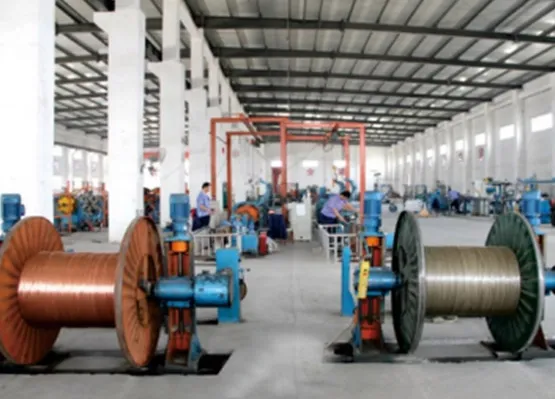Nov . 20, 2024 21:04 Back to list
industrial globe valve
Understanding Industrial Globe Valves Function, Design, and Applications
Industrial globe valves play a pivotal role in various piping systems around the globe. With their unique design and functional capabilities, they serve critical applications in industries such as oil and gas, water treatment, power generation, and chemical processing. This article delves into the anatomy, operation, advantages, and real-world applications of industrial globe valves, illustrating their significance in the industrial landscape.
Anatomy and Design of Globe Valves
Globe valves derive their name from their spherical body shape, which is divided into two halves by a diaphragm or a seat. The design typically consists of key components such as the body, bonnet, disc, seat, and stem. The body forms the outer shell, while the bonnet serves as a cover that houses the internal components. The disc is the primary component that regulates flow; it moves up and down, seated against or away from the valve seat to control fluid passage. The stem connects the disc to the actuator, allowing for manual or automated operation.
One of the defining features of a globe valve is its flow path, which is typically design as an 'S' shape, causing the fluid to change direction as it passes through the valve. This design results in a higher pressure drop compared to other types of valves, such as gate valves. However, globe valves compensate for this by providing superior flow control and throttling capabilities.
Operation and Control
Globe valves are operated by turning the handwheel or using an actuator, which can be pneumatic, electric, or hydraulic. When the valve is closed, the disc seats firmly against the seat, preventing any flow. Conversely, when the valve opens, the disc moves away from the seat, allowing fluid to flow through the valve. The amount of flow can be meticulously adjusted by varying the position of the disc, which makes globe valves ideal for applications that require precise flow regulation.
Additionally, maintenance and troubleshooting are facilitated by the design of globe valves. The bonnet can be removed without having to dismantle the entire piping system, allowing for easy access to internal parts for repairs or replacements.
Advantages of Globe Valves
industrial globe valve

One of the most significant advantages of globe valves is their ability to provide excellent throttling capabilities. They can control the flow of liquids and gases with high precision, making them suitable for applications where flow rate management is critical. Additionally, globe valves are resistant to wear and tear due to their robust construction, often made from durable materials like stainless steel, brass, or carbon steel.
Another benefit is their relatively compact size compared to other throttling valves, such as ball valves. This compactness makes installation easier in tight spaces while still providing optimum performance. Furthermore, globe valves can handle high-pressure and high-temperature conditions, making them a versatile option across various industries.
Applications in Industry
Globe valves find applications across numerous sectors
1. Oil and Gas These valves control the flow of crude oil and natural gas through pipelines and processing facilities. 2. Water Treatment Globe valves regulate water flow in treatment plants and distribution systems. 3. Power Generation In power plants, globe valves manage steam and water flow in turbine systems. 4. Chemical Processing They control the flow of various chemicals in production processes, ensuring safety and efficiency.
Moreover, globe valves are frequently used in heating, ventilation, and air conditioning (HVAC) systems to regulate the flow of heated or cooled air.
Conclusion
In conclusion, industrial globe valves are indispensable components of many industrial systems. Their design, which allows for precise flow control and durability under challenging conditions, makes them ideal for a wide array of applications. As industries continue to evolve and demand more efficient systems, the relevance of globe valves will undoubtedly persist. Understanding their functionality and applications enables engineers and operators to make informed choices, ultimately leading to more efficient and safe operational practices in industrial environments.
Share